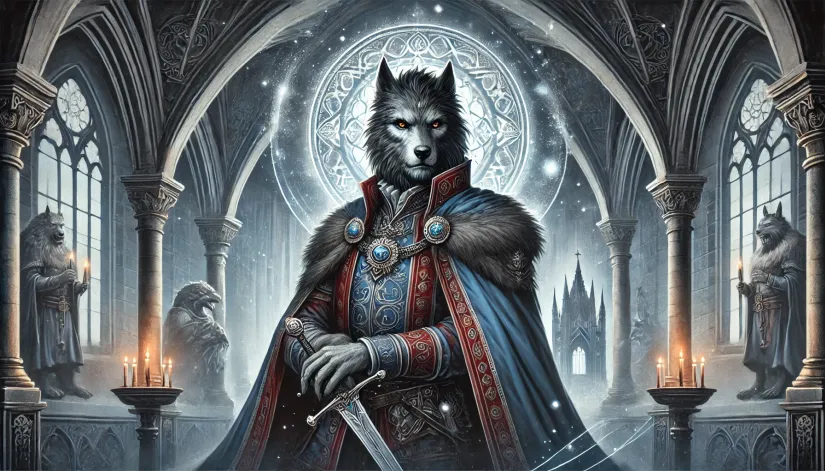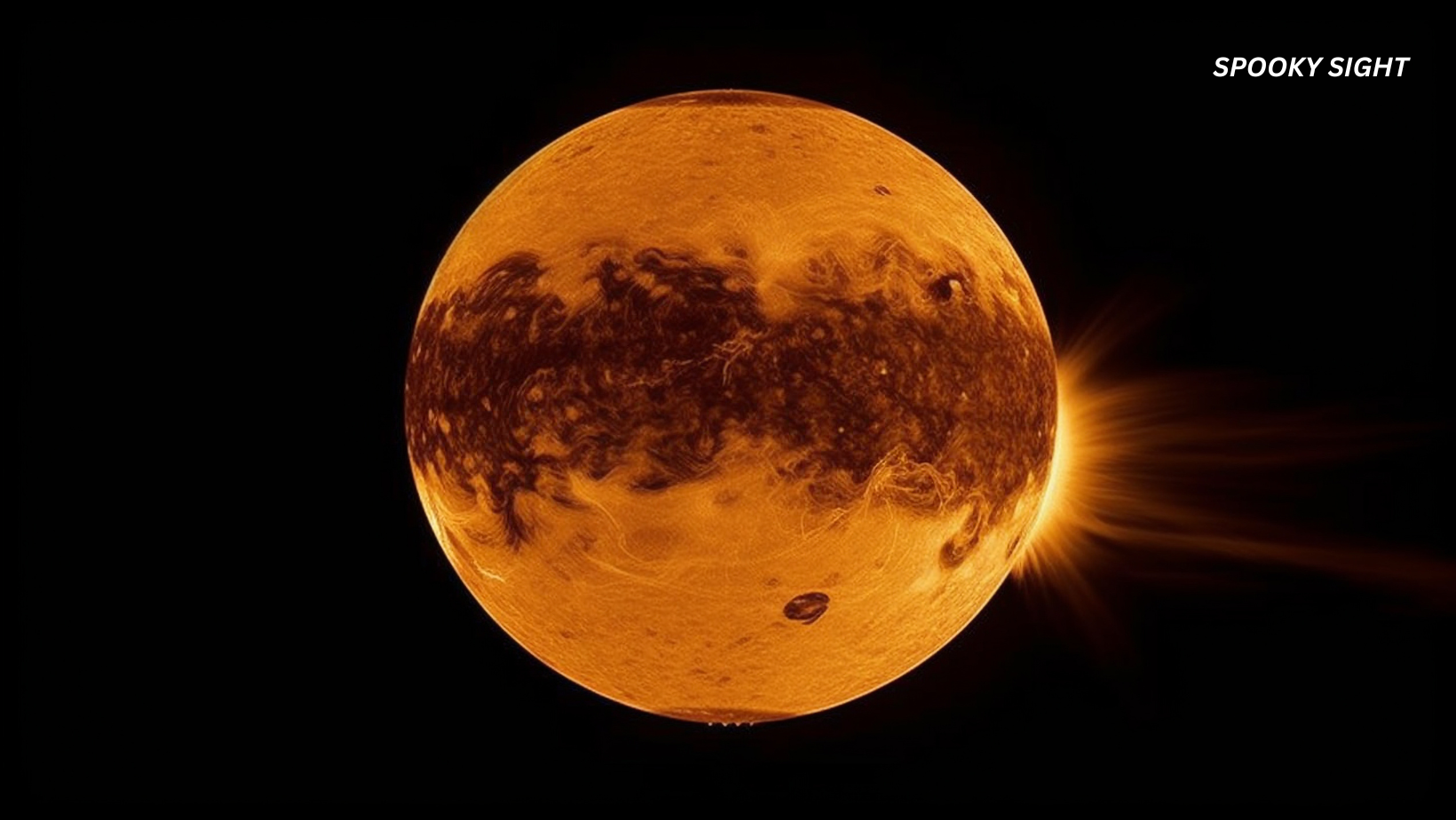Vseslav of Polotsk—a medieval prince whose reign straddled the line between history and myth—remains one of the most enigmatic figures of Eastern Europe.
How so? Bizarre legends and rumors of supernatural abilities mark Vseslav’s legacy. Could it be that Vseslav was more than just a wise ruler?
Stories passed down through generations debate his unusual ability to metamorph into a wolf, which begs the question: What really happened during his reign?
Were these myths simply medieval propaganda, or did Vseslav possess otherworldly powers that have intrigued historians and storytellers alike?
In this article:
Historical Background
Vseslav Bryachislavich (often known as Vseslav of Polotsk) was a significant figure in medieval Eastern European history.
Born around 1039, Vseslav ascended to the throne of Polotsk, a principality that now lies within modern-day Belarus. His rule spanned from approximately 1044 until his death in 1101, marking him as one of the longest-reigning princes of his era.
Early Life and Ascension
Vseslav was born into the ruling family of Polotsk, which was part of the larger Kivan Rus federation.
His father, Bryachislav of Polotsk, was the previous prince. He made sure that Vseslav would inherit a solid political legacy.
However, familial ties weren’t the only factor in securing Vseslav’s power. His crucial understanding of military tactics and some strategic marriages also played essential roles.
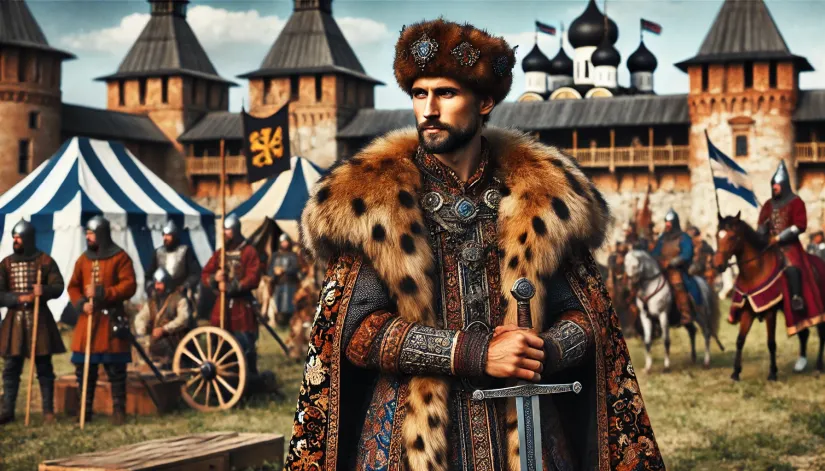
Rule in Polotsk
During his reign, Vseslav of Polotsk focused on consolidating power and expanding the principality’s influence.
He was known for his military campaigns, which included raids against neighboring territories and conflicts with the princes of Kiev.
But his leadership wasn’t just about brute strength. Vseslav was a cunning politician, often leveraging alliances and navigating the complex feudal landscape of the time.
One of his most notable achievements was the completion of the Saint Sophia Cathedral in Polotsk. This structure remains one of the oldest monuments in present-day Belarus, symbolizing Vseslav’s commitment to both faith and cultural development.
Brief Term as Grand Prince of Kiev
In 1068, Vseslav’s fortunes took a dramatic turn when he became the Grand Prince of Kiev.
His rise to this position was somewhat unconventional. After being captured during a battle against the Kievan princes, he was imprisoned but later released by a popular uprising in Kiev.
This unexpected twist saw him installed as the Grand Prince. However, his tenure was short-lived; by 1069, he was deposed and returned to Polotsk.
Military Campaigns and Political Influence
Numerous military engagements marked Vseslav’s reign.
He often clashed with other principalities, including Novgorod and the Kievan Rus. These conflicts were driven by territorial ambitions and the intricate politics of succession that characterized the era.
However, his ability to lead and inspire his troops became legendary. And, most likely, contributed a lot to his reputation as a fierce warrior and a cunning strategist.
His military campaigns were not just about expansion. They were also about defending Polotsk from various threats, including nomadic tribes like the Polovtsians.
Vseslav of Polotsk, the Werewolf
Now, here’s the interesting part. Vseslav of Polotsk isn’t just remembered for his political and military prowess. In Slavic mythology, he’s also known for being… one of the most famous werewolves in history. Allegedly.
But how did a great ruler become associated with a supernatural creature?
Well, in Slavic mythology, the line between human and beast is intriguingly blurred, and Vseslav’s tale is a prime example of this mystical crossover.
In these stories, individuals possessed the ability to transform into wolves, often to carry out deeds they couldn’t as mere humans.
People believed the transformation could be triggered by various means (such as a curse, a magical ritual, a birthmark, or the moon’s influence).
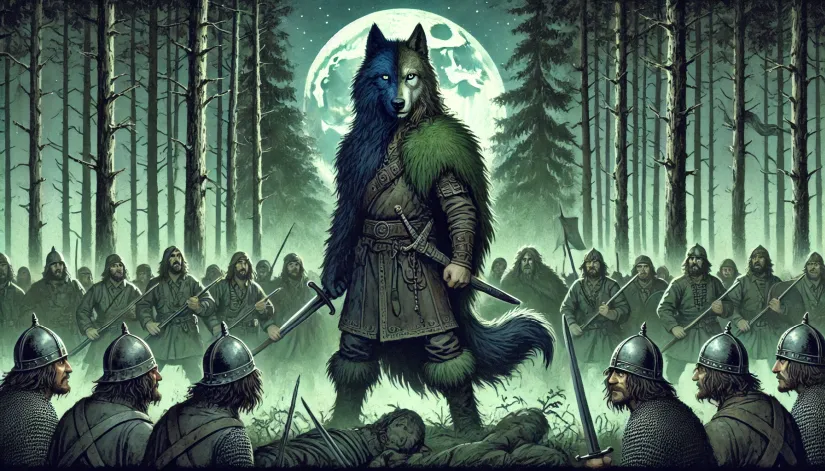
Who Was the Werewolf Prince?
There are quite a few legends about Vseslav of Polotsk transforming into a wolf. According to these stories, on the eve of significant battles, he would take on the form of a wolf, striking fear into the hearts of his adversaries.
One popular anecdote describes how he would roam the countryside as a wolf, spying on enemy camps and gaining tactical advantages. His supposed transformations terrified his enemies so much that many fled rather than face him in combat.
However, these transformations were not just limited to gathering intelligence about his adversaries. Apparently, Vseslav also used his supernatural speed and ferocity in battle when he took on his wolf form.
His alleged ability to switch between man and beast made him unpredictable and a formidable and feared opponent.
Related:
- The Wolf of Ansbach: Werewolf Terror in 17th Century Bavaria?
- Who Was Jacques Roulet? The True Story of the Infamous Werewolf of Angers
- The Werewolves of Poligny: Fact, Folklore, and a Gruesome Trial
The Birthmark
As mentioned above, certain physical marks were signs of supernatural influence in medieval Slavic beliefs. Vseslav of Polotsk had one such birthmark.
Now, the descriptions of this mysterious birthmark vary. Still, it was often depicted as a dark, wolf-shaped mark on his chest or shoulder. Fitting, right?
People believed this birthmark was the conduit through which he drew his shape-shifting powers—which is consistent with medieval beliefs.
Generally, birthmarks were considered omens or signs that an individual was destined for greatness or had a special connection to the mystical world.
In Vseslav’s case, his birthmark was believed to endow him with the power to transform into a wolf—a skill that allowed him to traverse vast distances quickly and instill fear in his enemies.
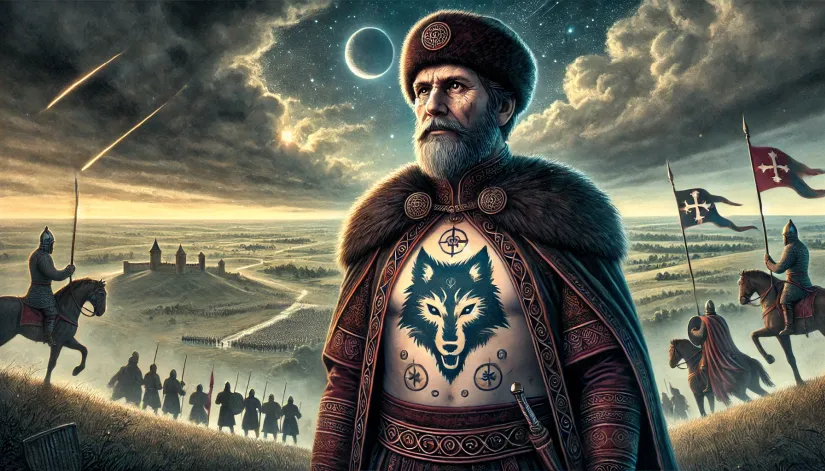
The Sorcerer Reputation
While Vseslav of Polotsk is famously known for his werewolf legend, his reputation as a sorcerer adds another fascinating layer to his mythos.
Medieval Belief in Sorcery
During the medieval era, the belief in sorcerers was widespread. People attributed unexplainable phenomena to supernatural forces, and those who could harness such powers were both revered and feared.
Sorcerers were believed to possess various abilities, from casting spells to controlling the elements. Vseslav’s legend is no exception to this tradition.
Vseslav’s Magical Abilities
Vseslav of Polotsk was reputed to have a variety of magical powers. One of the most compelling aspects of his sorcerer legend (and related to the werewolf myth) is his rumored ability to shape-shift. But not only into a wolf. Into other forms as well.
In addition to shape-shifting, Vseslav was said to possess the power of divination. He could foresee events and gain insights that others could not, giving him a strategic edge in governance and warfare.
Numerous stories talk about Vseslav’s sorcery. One such tale describes how he could move with incredible speed between cities, almost as if he were teleporting.
He could quickly appear and disappear at will, much to the astonishment and fear of his contemporaries.
Another popular anecdote involves Vseslav’s influence over nature. It was said that he could summon storms or calm the seas, using these natural elements to his advantage in battles and voyages.
The Lay of Igor’s Campaign
The story of Vseslav of Polotsk isn’t just about history and folklore; it’s also front and center in one of Eastern Slavic literature’s most significant works, “The Lay of Igor’s Campaign” (Slovo o Polku Igoreve).
This 12th-century epic poem—that recounts Prince Igor Svyatoslavich’s ill-fated expedition against the Polovtsians in 1185—brings medieval life, politics, and mythology to life, with Vseslav’s supernatural traits playing a pivotal role.
Vseslav in the Epic
Vseslav of Polotsk is portrayed in “The Lay of Igor’s Campaign” both as a historical figure and a legendary character. The epic blends admiration with fear, highlighting his supernatural abilities.
One striking reference to Vseslav in the poem underscores his shape-shifting powers:
“Vseslav the prince judged men’s affairs,
as prince he ruled towns,
but at night he would run as a wolf.
Running through the thickets,
he would cross great Tmutorokan,
the path of great Khors,
as a wolf he would run.”
This ties directly into the werewolf legends surrounding him, reinforcing his mythical status.
Another passage talks about his sorcery and magic:
“Vseslav the prince had a fate different from that of other princes.
He ruled towns and cities,
but often in the dead of night,
he would transform into a wolf,
running through the night as a grey wolf,
running from Tmutorokan to the great idol Khors.”
And here’s another example of a fragment that tells about Vseslav’s witchcraft and prophecy abilities:
“For Vseslav wove himself a magic carpet,
and like a wizard, he rode across the land.
Under the blue sky, he prophesied and cast spells,
by night as a wolf he roamed,
and by day he sat on the throne.”
Initially passed down through oral tradition, the tales of Vseslav’s abilities evolved with each retelling, reflecting the values and fears of the societies that preserved them.
Over generations, these stories blended fact and fiction, growing richer and more complex.
How Much Are These Legends Rooted in Truth?
Did his supernatural abilities truly shape history, or were they the product of a society eager for heroes with otherworldly powers?
The latter explanation is far more likely. Vseslav’s tale intertwines seamlessly with other regional legends of shape-shifting rulers and mystical warriors, suggesting a shared cultural fascination with the supernatural.
Regardless, the legend of Vseslav of Polotsk, the Werewolf Prince and Sorcerer, remains an open book, ready to inspire and challenge our understanding of the past.

